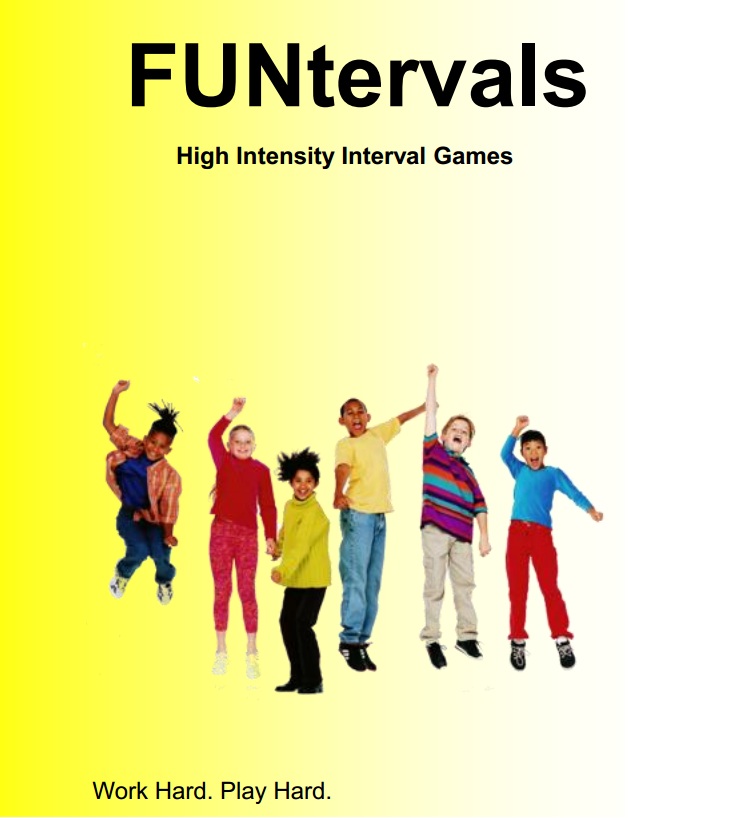Fun and games make for better learners
October 31, 2014
Share

Four minutes of physical activity can improve behaviour in the classroom for primary school students, according to new research by Brendon Gurd.
A brief, high-intensity interval exercise, or a “FUNterval,” for Grade 2 and Grade 4 students reduced off-task behaviours like fidgeting or inattentiveness in the classroom.
“While 20 minutes of daily physical activity (DPA) is required in Ontario primary schools, there is a need for innovative and accessible ways for teachers to meet this requirement,” says Dr. Gurd, lead researcher and professor in the School of Kinesiology and Health Studies. “Given the time crunch associated with the current school curriculum we thought that very brief physical activity breaks might be an interesting way to approach DPA. We were particularly interested in what effects a brief exercise bout might have in the classroom setting.”
For the study, students were taught a class and were then given an active break, where they would perform a FUNterval, or a non-active break where they would learn about different aspects of healthy living on alternating days for three weeks. After each break, classroom observers recorded instances of off-task behaviour. When a four minute FUNterval was completed during a break from class, there was less off-task behaviour observed in the 50 minutes following the break than if students completed a non-active break.
Working with Dr. Gurd, master’s student Jasmine Ma created the series of four-minute activities that students could complete in small spaces with no equipment.
FUNtervals involved actively acting out tasks like “making s’mores” where students would lunge to “collect firewood,” “start the fire” by crouching and exploding into a star jump and squatting and jumping to “roast the marshmallows” to make the S’more. Each activity moves through a 20-second storyline of quick, enthusiastic movements followed by 10 seconds of rest for eight intervals.
For more information on FUNtervals, follow this link. This research was published in Applied Physiology, Nutrition and Metabolism.